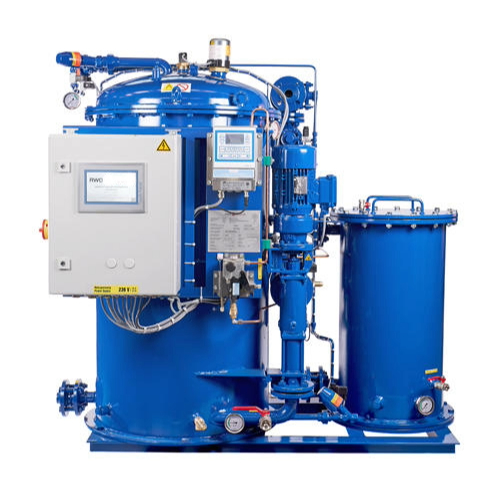
OWS (Oily
Water Separator) Service:
1. Functional
Testing of the Overall System:
Bilge Pump
and Valves: Checking that the bilge pump and associated valves
(including the overboard discharge valve) are operating correctly. The system
must automatically stop the overboard discharge and redirect the oily water
back to a holding tank if the oil content exceeds 15 ppm.
Alarm
System: Verifying that the audible and visual alarms on the OCM and
bridge alarm panel activate correctly when the 15 ppm limit is exceeded.
Level
Sensors: Testing the level sensors in the separator unit and other
tanks to ensure they are functioning properly.
2. Calibration
of the Oil Content Monitor (OCM):
-This is the
most critical part of the service. It must be performed by a
manufacturer-authorized technician or a professional with a certified
calibration kit.
-The technician
will test the OCM using a certified test fluid with a known
oil concentration (e.g., 500 ppm). The OCM's reading must be within a specific
tolerance, typically ±10%.
-A zero
calibration with fresh, clean water is also performed to ensure the
baseline reading is accurate.
-The OCM's
response time to an alarm condition is also checked.
3. Physical
Inspection and Maintenance:
-Filter and
Coalesce Replacement: The filter and coalesce elements are crucial for
the separation process. They must be inspected and replaced regularly as per
the manufacturer's schedule. A clogged filter can significantly reduce
separation efficiency.
-Cleaning: The
separation chamber and the OCM's measuring cell are cleaned to remove any
sludge, oil film, or debris that could interfere with the system's performance.
-Leak
Checks: The technician will inspect all pipe connections, seals, and
gaskets for any signs of leaks.
-Solenoid
Valves: Solenoid valves are checked to ensure they are working
properly, as they are responsible for switching the flow between the overboard
discharge and the sludge tank.
4. Documentation
and Certification:
-After a
successful service, the technician provides a detailed service report.
-A Calibration Certificate for the OCM is issued. This certificate is a mandatory document that must be kept on board the vessel and presented during inspections. It includes details such as the vessel's name, the OCM's serial number, the date of calibration, and the "as-found" and "as-left" readings.